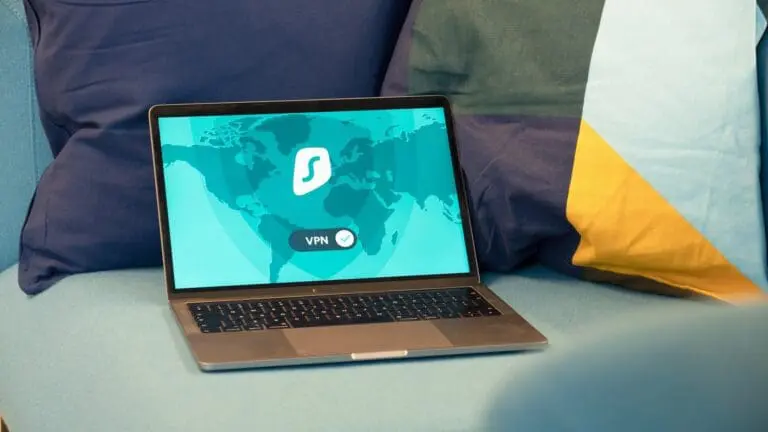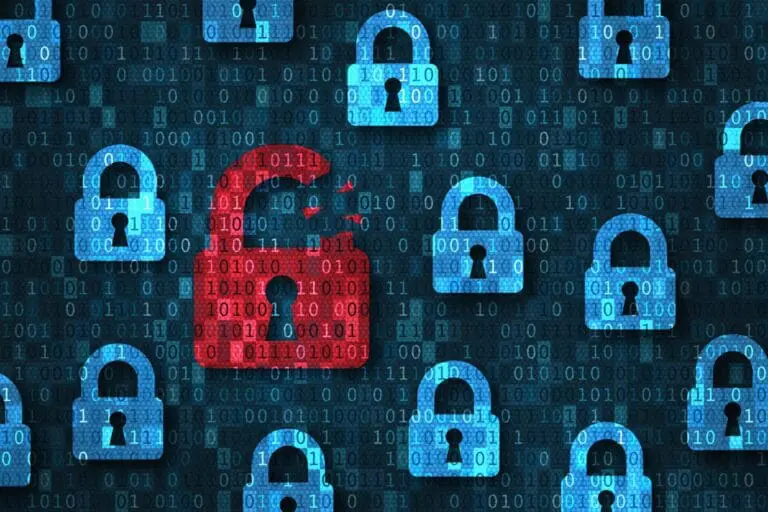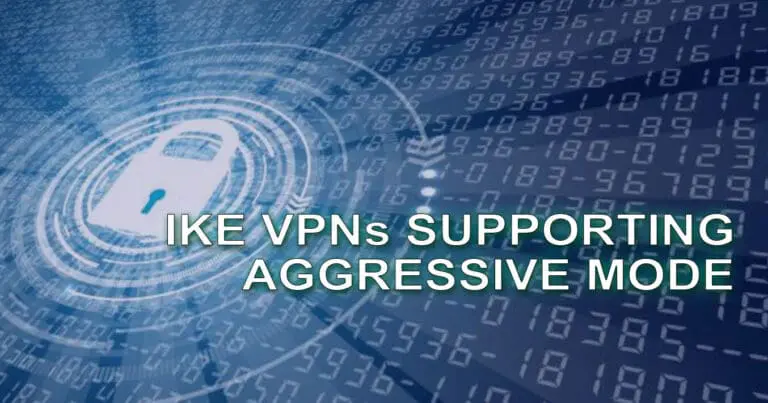Notes From a Hacker: Yes, You Have to Use Your VPN – and Here’s Why
Raxis CTO Brian Tant discusses how VPNs protect our most critical data and why your company should require a VPN for remote access.

Raxis CTO Brian Tant discusses how VPNs protect our most critical data and why your company should require a VPN for remote access.

Raxis VP of Business Development Brad Herring discusses what companies can do to make their remote workers — and themselves — more secure.

Raxis answers critical questions as companies work to setup secure VPN solutions that can handle the increased workload of remote work during the covid-19 pandemic.

Join Raxis in celebrating National Cybersecurity Awareness Month (NCSAM) with a look at taking action to make your organization more secure.

In this post we’ll look at why IKE VPNs with Aggressive Mode enabled continue to be a vulnerability, how it can be exploited, and how to mitigate this risk.